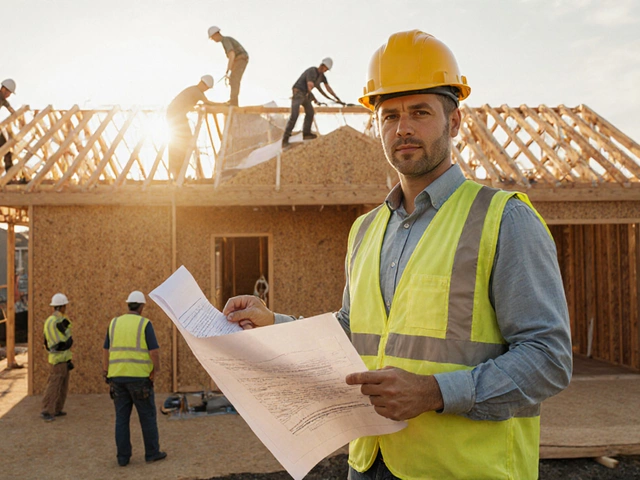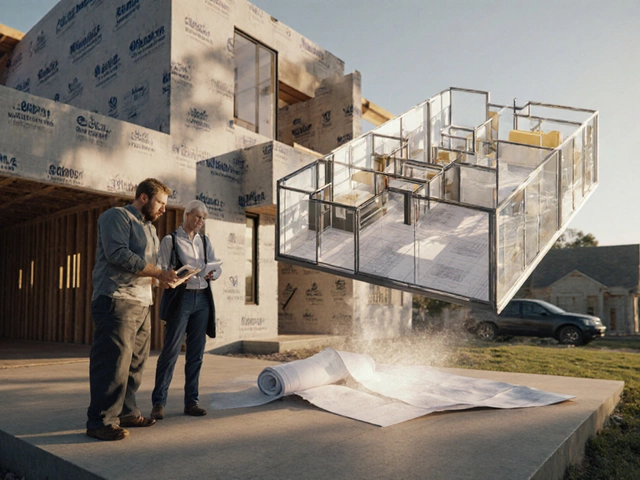House Settling Explained: Causes, Signs, and Solutions
When dealing with house settling, the gradual sinking or shifting of a building's structure due to uneven ground conditions. Also known as foundation movement, it often starts with soil movement, changes in the moisture or composition of the earth beneath a property that warp the support each wall receives. This process can trigger foundation cracks, visible splits in walls, floors, or the base of a building, a clear sign that the structure’s load isn’t evenly distributed. The end result is structural damage, weakening of load‑bearing elements that can affect safety and long‑term durability. In short, house settling encompasses soil movement, leads to foundation cracks, and requires timely repair to protect structural integrity.
Why House Settling Happens and What It Means for Your Home
Most homeowners notice settling after a heavy rain, a dry summer, or new construction nearby. The ground beneath a house can expand when it soaks up water, then contract as it dries, creating a push‑pull effect. Clay soils are especially prone to this cycle, while loose sand can shift under weight. When the soil beneath one side of a foundation shifts more than the other, the building tilts, doors jam, and windows become difficult to open. Over time, those small movements compound, turning minor cracks into larger fissures that threaten the wall’s ability to bear weight. In the UK, many older homes sit on historic brick or stone foundations that weren’t designed for modern moisture fluctuations, making them vulnerable. Recognising the early signs—creaking floors, sloping ceilings, or gaps around door frames—lets you intervene before the damage spirals.
Addressing house settling starts with a proper assessment: a qualified surveyor can measure the degree of movement, locate the worst‑affected zones, and recommend a repair plan. Common fixes include underpinning, where new concrete pads are installed under the foundation to give it a stable base, or installing moisture‑control drainage to keep the soil’s water content steady. In some cases, simple solutions like soil injection or adding steel piers can halt further sinking. While each fix varies in cost and complexity, the goal is the same—to restore even support and stop the cycle of movement. Below you’ll find a curated selection of articles that dive deeper into the signs of settling, DIY checks you can do yourself, and professional repair options tailored for UK homes.
Can a House Settle After 20 Years? The Real Truth About Long-Term Foundation Movement
Find out if houses can still settle after 20 years, what causes it, warning signs, and how to handle it. Get tips for keeping your home's foundation safe.
full article




